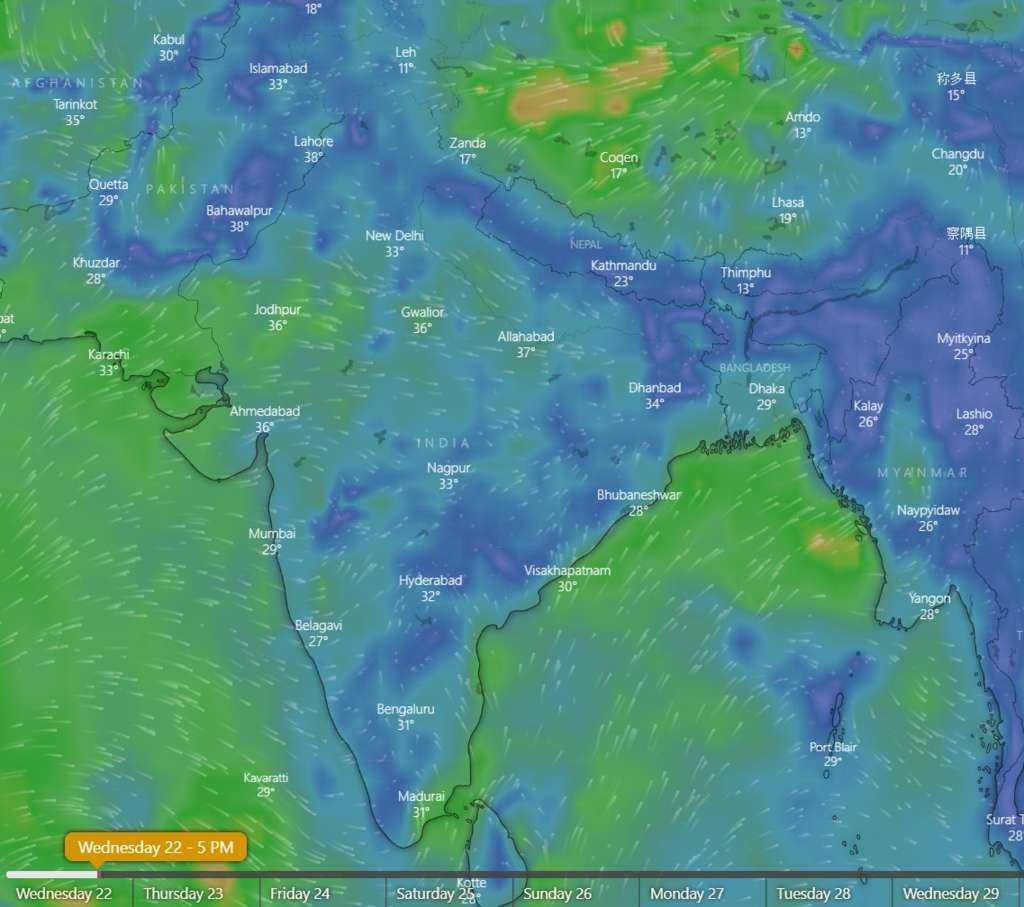Implementation of 74th Constitutional Amendment
The 74th Constitutional Amendment Act, 1992, was aimed to strengthen democracy at grassroots through urban local bodies. Weak local bodies in many states lead to failure of holding regular elections, prolonged supersession, and inadequate devolution of powers. The act considers the taxation powers, revenue sharing, weaker sections and the three-tier Municipalities–Nagar Panchayats for transition areas (rural to urban), Municipal Councils for small urban areas and Municipal Corporations for large urban areas. The act includes Constitution and composition of Municipalities and Constitution of ward committees.
Urban Local Bodies imply that the governance of an urban area is by the people through the representative that they choose and elect. ULB is major towns, cities and metropolitan area.
KARNATAKA
Karnataka is an example of poor urban level governance concerning Dharwad district according to Anil Kumar Vaddiraju. The governance has a two-fold system in Karnataka- district level and city level. The district-level committee form urban cells (Taluk) which are tehsildar. The concepts of exclusionary urbanisation specific to the state are manifold. The implementation of the 74th amendment to the Constitution was poorly implemented because of the weakening relationship between urban and rural areas or the rural-urban continuum. The high cost of living and lack of employment opportunities for poor migrants from rural areas features urbanisation in favour of the elite at the expense of local poor or new migrants. The uneven distribution of the urbanisation process enables globalisation for a few ignoring the rest. There is a dire need to recognise and strengthen the Urban Local governance and planning in Karnataka along with rural planning. Water, civic amenities, better transportation and sanitation are the key concerns for Dharwad city. As a conclusion, large urban agglomerations are favoured over small cities and attention needs to be directed to these.
CHANDIGARH
In Chandigarh, the 74th Constitutional Amendment was intended to enhance people’s empowerment. However, disunity among ward committees and councillors, poor tax collection, ineffective decentralization, incomplete and misleading public information available to government portals, lead to improper implementation of 74th CAA. The revenue collection failure and misuse of public money at the municipality level was added on. The devolution of power was improper. Privatisation leads to an increase in the cost of public resources for example if parking is privatised and the cost of parking increases, the people using the parking spaces will decrease. Hence, the connection to the general public is weakened. The concept of governance is divided. Due to overlapping agencies, there is no coordination amongst the authorities hence, local bodies lack empowerment and are rather a burden on the economy. The root cause of the failure could have been corruption, which leads to abuse of public interest. A solution to this is social audits, report card system, establishing clear regulations of accountability for all agencies. Ward level committees should be empowered and exercise more financial discretion. The change not only lies in the hands of the government, but also in the hands of people to recognise the governance structure and make efficient lines of liability. Unlike Karnataka, where 74th CAA was still implemented, the act could not be implemented because of improper devolution of power.
NORTH-EASTERN REGION
The North-Eastern states lacked efficient local self-government, which was also financially weak. The local bodies failed to hold an election, hence resulted in an improper devolution of both power and functions. 74th Constitutional Amendment came into force in 1992. The functions of urban local Self-Government were incorporated in Article 243P to 243ZG of the Constitution. Hence, Nagar Panchayat, Municipal Council and Municipal Corporation were authorized to be constituted. Out of 8 states of North-East, Assam was leading with 85 Urban Local Bodies, followed by Manipur having 27 ULBs, Nagaland with 19 ULBs, Tripura with 14 and Sikkim with 8 Nagar Panchayats.
In Assam, the concept of Local Self-Governance was introduced in the 19th Century itself by the imperial rulers and a Town Improvement Committee was established in 1836. The act was refined further in 74th CAA. The state has 79 ULBs constituted by the Government however, 30 towns have not been represented for the Urban Local Self Government. Arunachal Pradesh was upgraded to centrally administered Union Territory from a state in 1972 and the total towns are presently 17. In Arunachal Pradesh, the municipalities were established under Manipur Municipalities Act of 1994. Manipur Urban Development Agency was formed and registered under the Societies Registration Act, 1989. The functions of ULB is divided between both MUDA and DUDA, MUDA being at the top and ULBs at the bottom of the structure. The governance in Manipur is segregated and have different councillors for every Town in Manipur. Meghalaya as a State has undergone the most change as has been upgraded from a ‘State’ to ‘Municipality’ with the Municipal Area enlarged to cover Mylliem State along with the British portion. Assam Municipal Act, 1923 divided Shillong into 28 wards, but since Municipal election was not conducted, the municipality has no Councillors. Agartala in Tripura is the centre of urbanisation. Urban areas of Tripura were reorganised under the Tripura Municipal Act in 1994. However, the tribal areas administered through 6th Schedule of the Constitution remain untouched. Nevertheless, Tripura is the only state in Assam that can conduct Local Body elections under the superintendence of the State Election Commission (SEC). Sikkim after merging with India has faced hurdles in having a Local Body. The State Government gained charge of the functions of ULB in 1985. In 2007, with Municipalities Act, a 3 tier Urban Local Self-Government was established. With Nagaland, a Town & Country Planning Department was established since 1967 and Development Authority of Nagaland (DAN) constituted in 1976. The ULBs are again 3 tier at state, district and Local Body Level and the Chief Town Planner heads the Department of Urban Development in Nagaland. The elections cannot be held regularly by the State Government because of the dispute going on the Nagaland Municipal Act of 2001. Mizoram8 districts and 3 separated councils for them. The status of town is not given to any. The large human settlement in the state lacks an Urban Local Body.
74th CAA on a whole does not have an impact in the North-Eastern region, which has already grown beyond its Municipal boundaries. Unlike Karnataka where the charge of delimitation of constituencies is with the State Government, in North Eastern The region the SEC issues notifications of the election on its own. The imbalance of revenue and expenditure is the root cause of financial crises.
CONCLUSION
Though the powers of governance have been transferred by the State to the Urban Local Bodies, yet the decentralization of powers through the 74th amendment act has not been successfully implemented. As with the North-Eastern region, some states lacked a ULB. Karnataka on the other hand has concentrated all its powers for development in other cities, hence lacks the focus of development. Overlapping authorities in Chandigarh have resulted in blurring the lines of practising powers between them hence, have limited development. Since the election for a member of the ward committee is not exercised, there is no involvement of people in the decision making. Hence, the thread linking people, government and cities is weakened at various levels.
Related Articles
WALKABILITY- A SYNONYM TO URBAN MOBILITY

Climate Change Mitigation in India and Challenges faced

Urban Planning and Sociology

Active Mobility in Kochi




